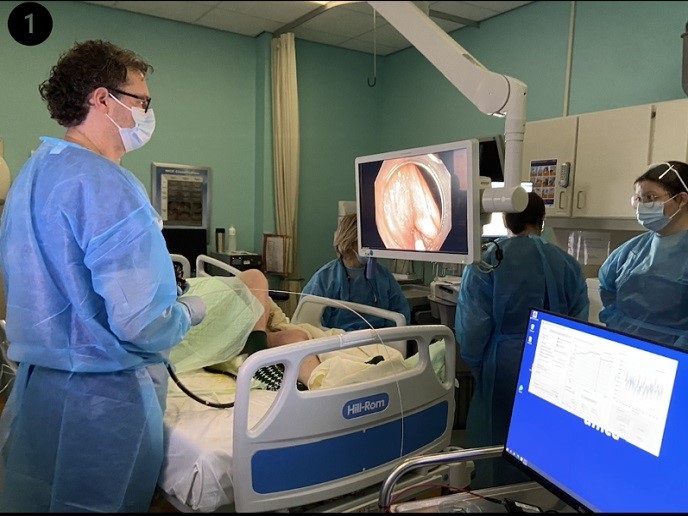The role of Arc in memory
Arc mRNA is localised at activated synaptic sites and seems to be involved in the overproduction of beta amyloid, the hallmark of Alzheimer's disease. Understanding how Arc is regulated would shed light into the process of synaptic plasticity and may also serve as a therapeutic target in Alzheimer's disease. To improve our understanding of synaptic plasticity, the EU-funded 'Linking dendritic mRNA metabolism to neuronal functions and disorders' (DENDRITIC MRNAS) project investigated the gene expression pattern at synapses with focus on the protein Arc. Scientists of the DENDRITIC MRNAS project worked to unravel the factors controlling Arc expression upon synaptic activity. In this context, they placed the 3' untranslated region (3'UTR) of the Arc gene to drive expression of the firefly enzyme luciferase. Genetic manipulation of the 3'UTR showed which components were required for Arc expression. Interestingly, differential splicing of Arc mRNA was responsible for the fine-tuning of Arc expression upon synaptic signalling. It either triggered mRNA decay, thereby limiting the time window in which this essential protein was made in response to stimuli, or it elicited translation. This paradox probably serves to achieve a rapid yet limited burst of Arc expression which goes hand in hand with the nature of synaptic plasticity. Further experimental evidence indicated that Arc regulation also takes place at the translational level. Using specific inhibitors, project researchers identified eIF2 dephosphorylation and PKA activity as key steps in switching to long-term synaptic plasticity. Overall, the work of the DENDRITIC MRNAS study provided evidence for a multi-parametric regulation of Arc expression. The project findings have important ramifications for comprehending how long term memories are established and how physiological responses get altered in neurodegenerative diseases.







